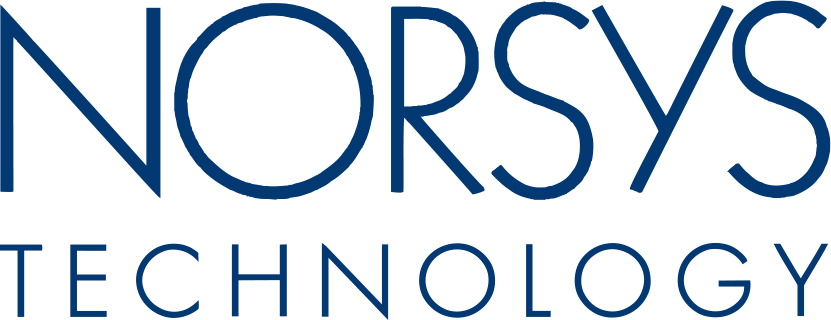Optimizing Quality Control Measures with Minitab's Predictive Analytics
In the world of quality control, leveraging predictive analytics can revolutionize how organizations approach proactive quality management. Minitab's suite of predictive analytics tools empowers Quality professionals to anticipate, prevent, and address quality issues, ensuring consistent standards and product excellence.
Predictive maintenance strategies
One key application of Minitab's predictive analytics is in predictive maintenance strategies. By analyzing historical data from equipment sensors and performance metrics, Quality professionals can predict equipment failures before they occur. This capability allows for proactive scheduling of maintenance activities, minimizing unplanned downtime and reducing maintenance costs significantly.
Example: A manufacturing plant uses Minitab's predictive analytics to monitor machine performance. By analyzing sensor data, the system predicts potential failures in critical equipment. This enables the plant to schedule preventive maintenance during planned downtimes, avoiding costly disruptions to production schedules.
Predictive Quality Control and defect prevention
Quality professionals can harness Minitab's predictive analytics to forecast quality outcomes and optimize processes. By leveraging machine learning algorithms, organizations can predict defect rates, optimize production parameters, and refine quality control measures based on predictive insights.
Example: An automotive manufacturer uses Minitab's predictive analytics to forecast defect rates in vehicle assembly. By analyzing historical defect data and production variables, the system identifies critical process parameters that impact quality. This enables the manufacturer to implement targeted process improvements, resulting in reduced defects and improved product reliability.
Predictive Analytics for root cause analysis
Quality professionals can harness Minitab's predictive analytics to better understand aspects of their process and the impact it has on quality. By performing a Root Cause Analysis, organizations can gain insight into the most important variables in a process that could be adversely impacting quality. This enables corrective action focused on the most important determinant of quality and thereby a faster pathway to quality control.
Example: Tate & Lyle, a global leader in the food and beverage industry, used Minitab’s predictive analytics to improve the texture of one of their products. Despite the process having over 1,000 predictors interacting with each other, they were able to identify which predictors impacted the particle size distribution the most and implement improvements.
Original blog post by Jon Finerty for Minitab


